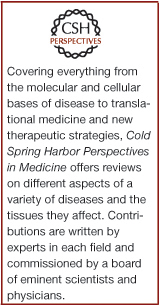Influenza Vaccine Effectiveness: New Insights and Challenges
- Center for Clinical Epidemiology & Population Health, Marshfield Clinic Research Institute, Marshfield, Wisconsin 54449, USA
- Correspondence: mclean.huong{at}marshfieldresearch.org; belongia.edward{at}marshfieldresearch.org
Abstract
Methods for assessing influenza vaccine efficacy and effectiveness have evolved over six decades. Randomized trials remain the gold standard for licensure, but observational studies are needed for annual assessment of vaccine effectiveness (VE). The test-negative design (TND) has become the de facto standard for these field studies. Patients who seek medical care with acute respiratory illness are tested for influenza, and VE is estimated from the odds of vaccination among influenza cases versus test-negative controls. VE varies across seasons, populations, age groups, and products, but VE estimates are consistently higher for A(H1N1)pdm09 and type B compared with A(H3N2). VE studies are increasingly used in combination with molecular epidemiology to understand the viral and immune system factors that drive clinical efficacy and effectiveness. The emerging field of immunoepidemiology offers the potential to understand complex host–virus interactions that affect vaccine protection, and this knowledge will contribute to universal vaccine development.










